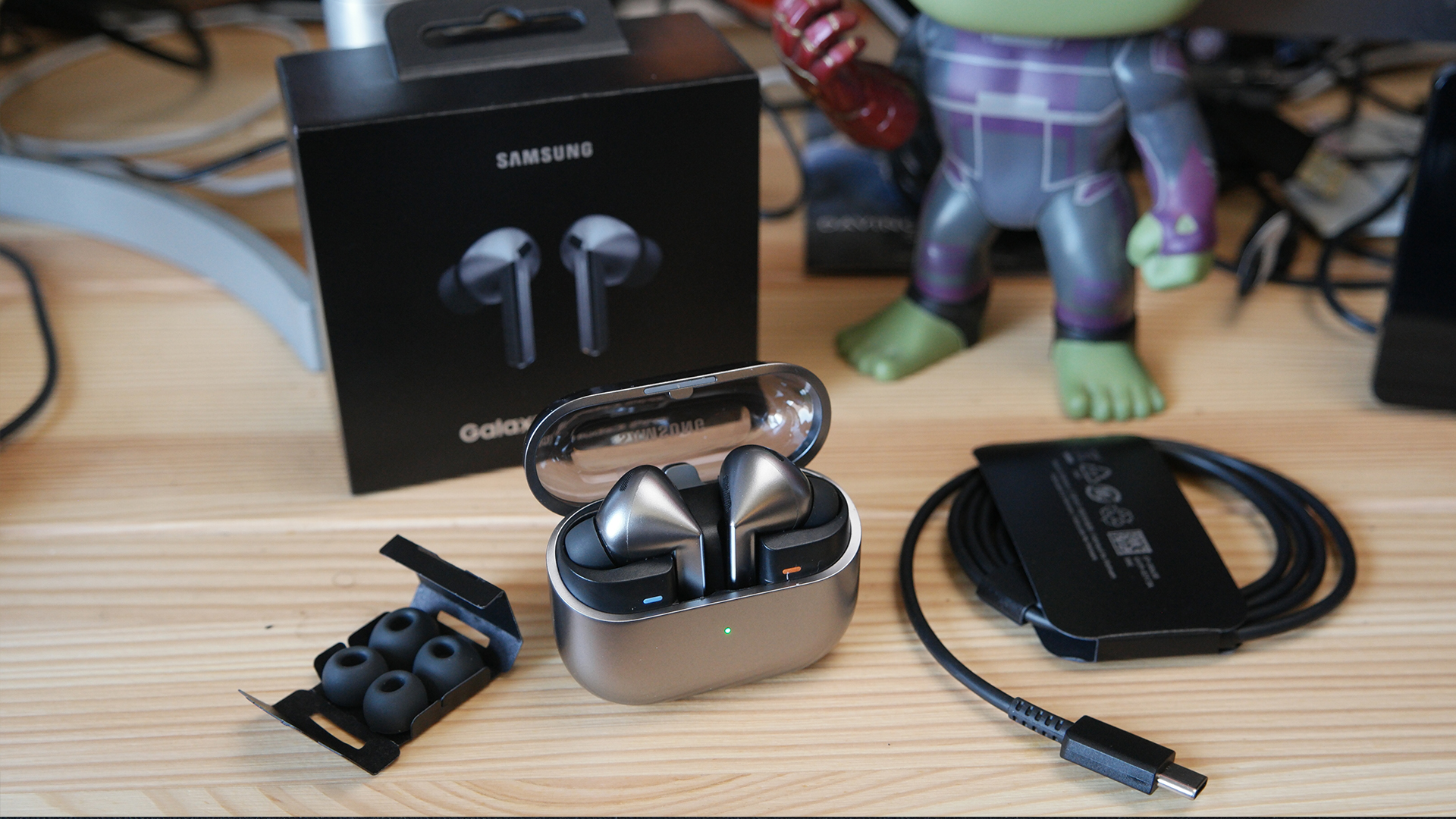Google Cloud used the MLB All-Star game to show off AI doing what it does best
Out of the park.
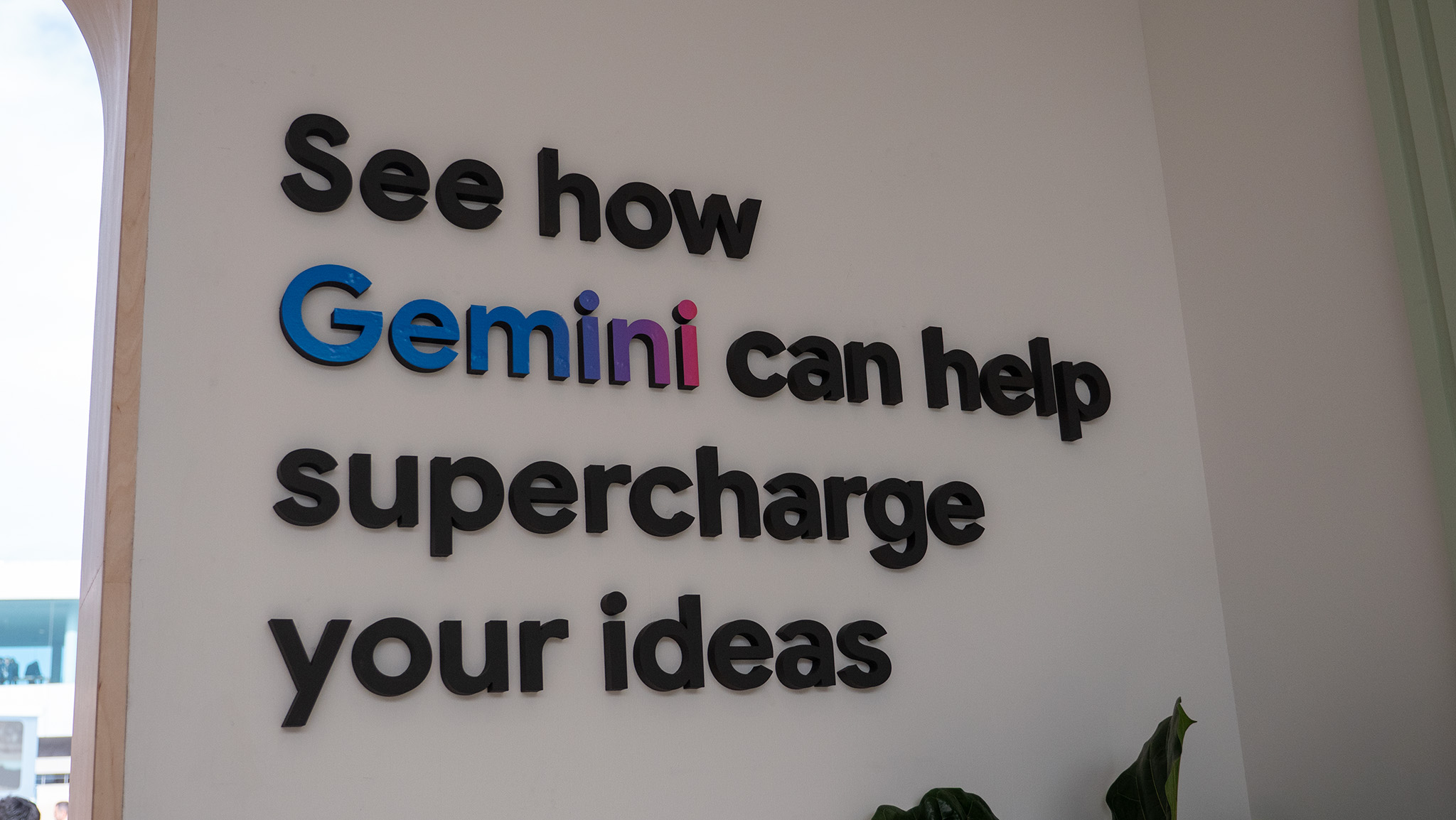
Welcome to Tech Talk, a weekly column about the things we use and how they work. We try to keep it simple here so everyone can understand how and why the gadget in your hand does what it does.
Things may become a little technical at times, as that's the nature of technology — it can be complex and intricate. Together we can break it all down and make it accessible, though!
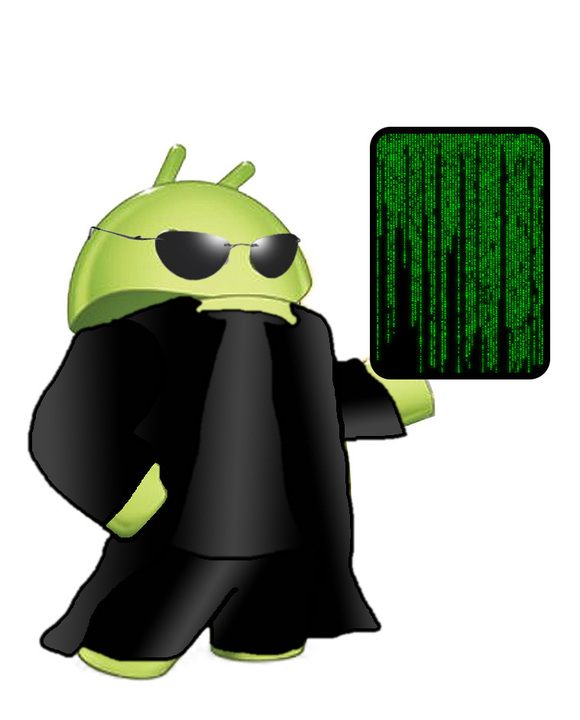
How it works, explained in a way that everyone can understand. Your weekly look into what makes your gadgets tick.
You might not care how any of this stuff happens, and that's OK, too. Your tech gadgets are personal and should be fun. You never know though, you might just learn something ...
AI hits a home run

The Major League Baseball All-Star game may have ended as a tie that was decided by home run hit-o-rama(seeing the National League win by default), but for technology fans, the real winner was a neat tool built using AI and a lifetime of statistics.
A partnership between Google Cloud and MLB's Statcast unit built a cool generative AI tool that would predict where a potential home run would land, down to the seat number. This is exactly what AI does well and demonstrates the basics of how the tech actually works.
How Google's AI helps the MLB
There are a lot of parts to this tricky system, but baseball fans love statistics and predictions. The visualizations built by the system are really cool, too.
Using radar, high-speed drones, AI, and a lifetime of historical data gave us a neat look at the kinds of things baseball nerds love: batter's preferred "sweet spots", how weather can affect a ball's flight, where a ball would land at various stadiums and where a homer would land at Atlanta's Truist Park when the sluggers make that connection.
Get the latest news from Android Central, your trusted companion in the world of Android
It's all done using pure data. Some is gathered in real-time using the drones and radar, but a lot of it is also historical. Everything in baseball is tracked; some fans can spout more facts than you would ever want to know. What's needed is a fast, accurate, and efficient way to parse it all. That's where AI comes in.
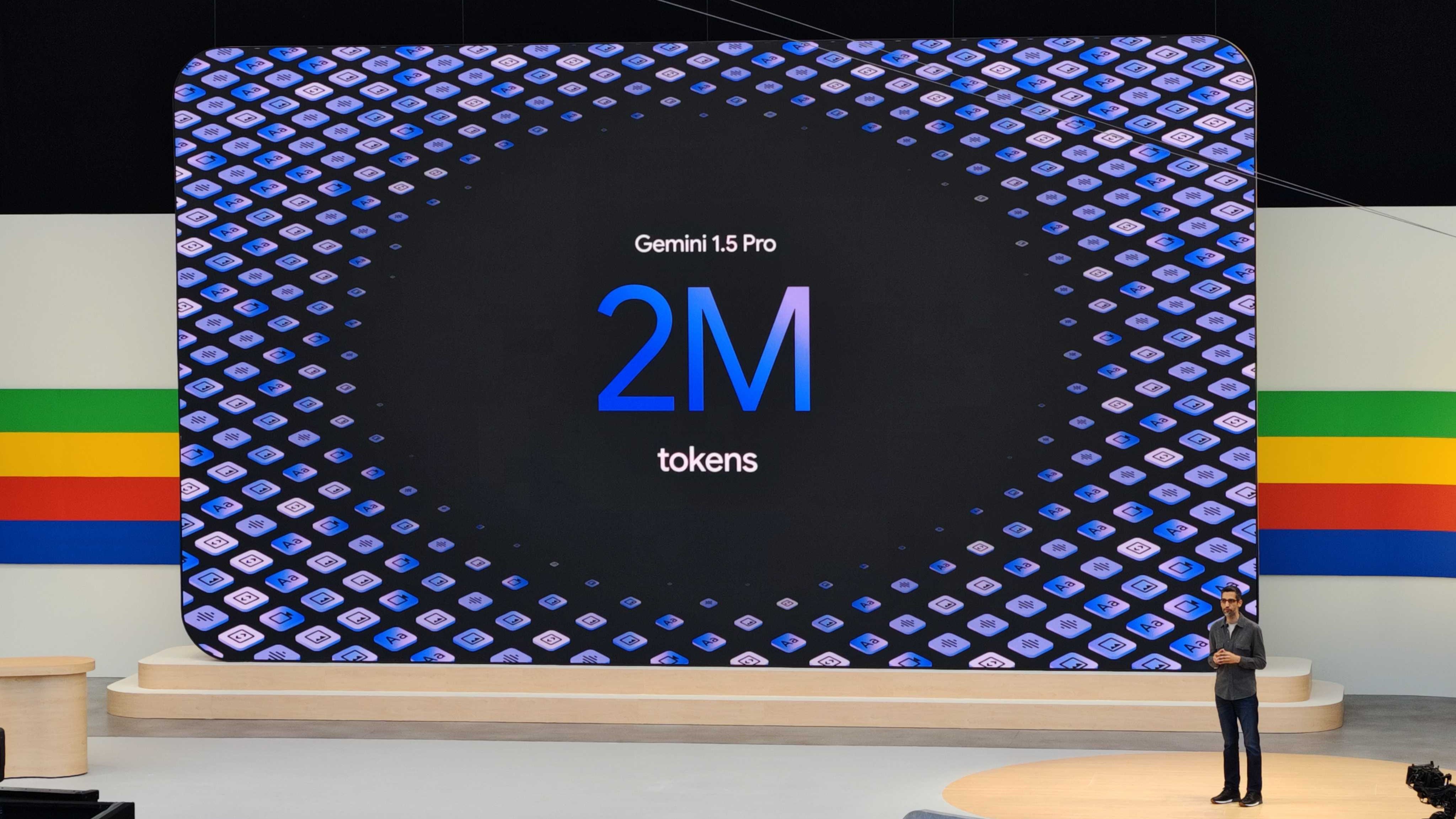
Imagine a giant spreadsheet that tells us what happened with every pitch of every game in the past 50 years. Was it a ball or a strike? How fast was the pitch? Did it break over the plate, and if so, where?
Then imagine an equally large spreadsheet from the batter's perspective. Did the ball cross the plate in the strike zone, and if so, where? How fast was it? How did the pitch break? Most importantly, did the batter connect with the pitch, and if so, where and how did the ball fly?
That's an insane amount of information. A perfectly pitched game still has 81 individual pitches, and you'll never see one. With hundreds of pitches and hundreds of games every year, the sheer amount of data is impossible for a person to analyze in real time.
That's what AI does best, though. Provide the right data for AI to look at, and it can tell you anything. If you tell AI about every seemingly insignificant stat from every single pitch in every MLB game, it can predict what will happen when presented with the real-time data of the current pitch.
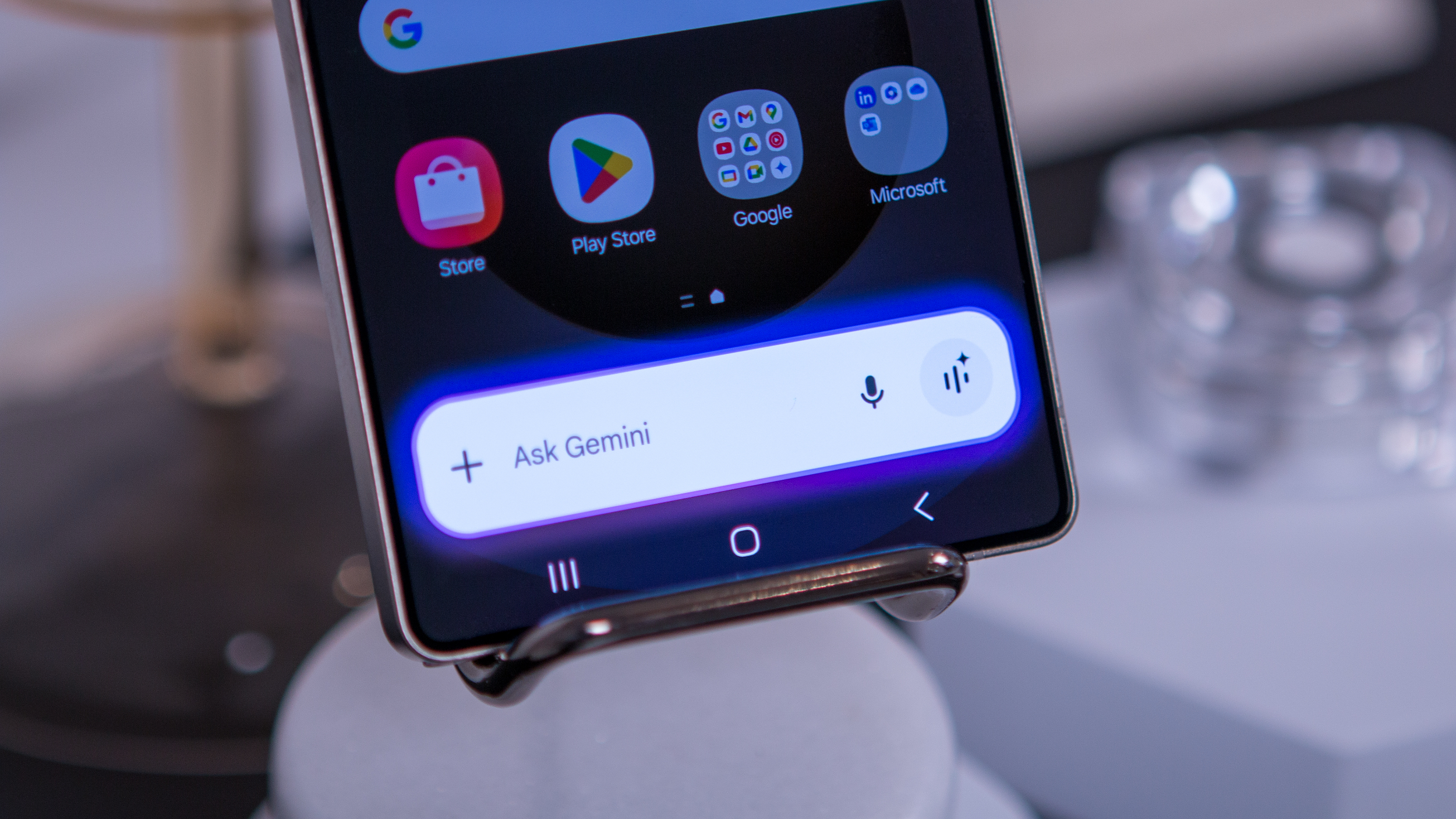
Say Joe steps up to the plate for his second at-bat. He's warmed up from playing a few innings, Bob the pitcher has loosened up nicely but hasn't blown out his arm yet, and Bob throws a beautiful breaking pitch to start the inning.
It crosses the plate just above Baseball Joe's knees at 87 mph, and Joe is ready for it. He swings in a low arc and smashes it! All the data from what happens when Bob throws that pitch at that speed across the plate at that spot is there for AI to analyze.
AI also has data telling it what happens when Joe hits a pitch at that spot and at that speed. Using this historical data, a projected path can be built. Compare that with real-time data collected by the drones and sensors to compensate for things like humidity, and AI has a very good idea of where that ball will land. It will tell us as it's happening, and we love it.
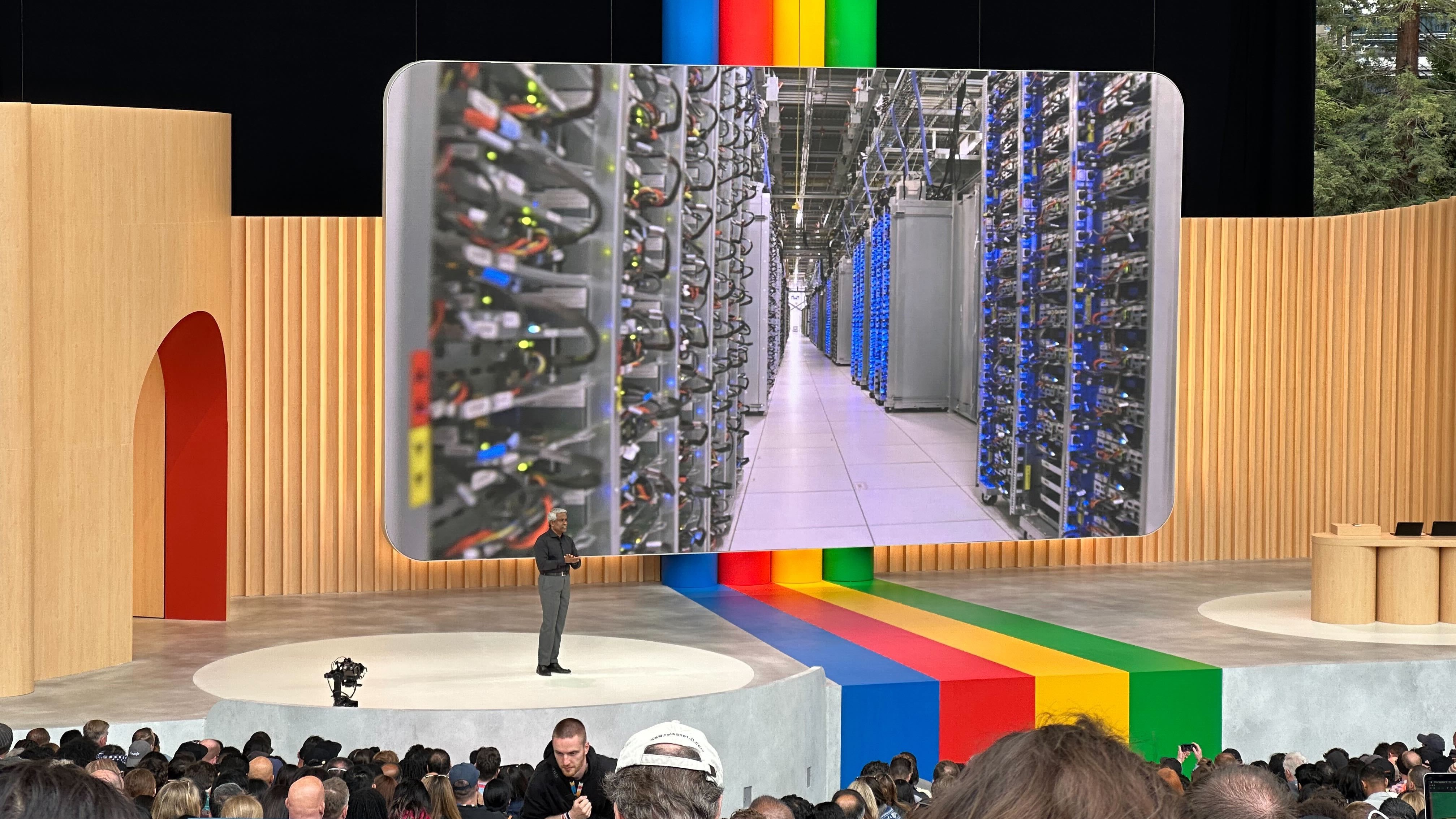
You can expand those basics into everything, and it works mostly the same way. For example, you have historical data saved on your phone or in an online account profile. You have real-time data being gathered by your phone or your watch. AI uses the two to "create" an answer for almost any relevant question.
It can tell you if the sunset will be nice tonight at the beach. It can pair the latest photo you took with a past photo of the same subject for a nice collage. It can predict traffic patterns. It can even estimate when a piece of machinery will need servicing on an assembly line. The functional and useful information it provides uses the same types of patterns as predicting a home run at the All-Star game.
This is also why AI needs to be fast to be more useful. Telling us where a baseball landed isn't as useful as telling us where it will land, for example. Specialized AI accelerators and coprocessors are used to do what is needed when it's needed.
AI can do a lot of other things besides the basics of searching through piles of information or making a prediction based on that information, but a lot of that is hit or miss. Predicting that Kyle Schwarber's last swing would fly into the seats to break the tie is a lot easier for a computer algorithm to figure out, and what AI was originally designed to do.
It's really good at it!

AI powerhouse
The Pixel 9 has a premium build, excellent cameras, and better connectivity than its predecessors. But for the casual user, AI steals the show. This phone was built to make AI useful and put it right in the palm of your hand

Jerry is an amateur woodworker and struggling shade tree mechanic. There's nothing he can't take apart, but many things he can't reassemble. You'll find him writing and speaking his loud opinion on Android Central and occasionally on Threads.
You must confirm your public display name before commenting
Please logout and then login again, you will then be prompted to enter your display name.
